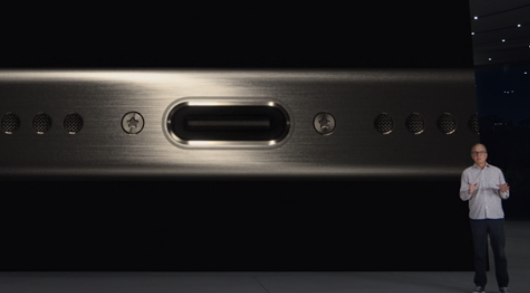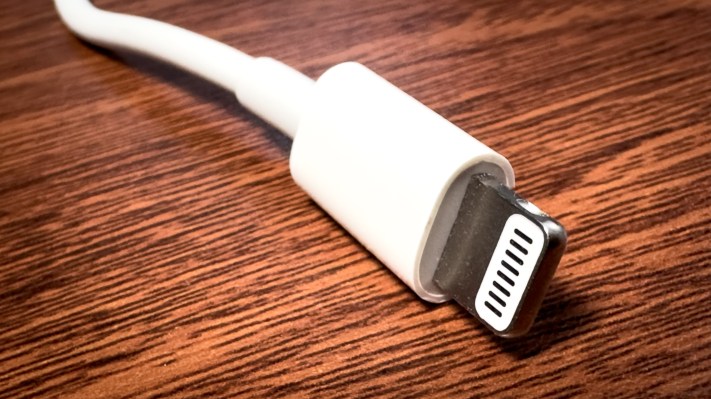On September 12, 2012, Apple said farewell to its clunky 15-pin connector and brought in a sleek, smooth, reversible 8-pin connector called the Lightning plug. It served the Apple ecosystem well, with a flexible array of power and data transportation options. For Apple fans, it became the One Connector to Rule Them All and was omnipresent across all of Apple’s portable devices. Yes, it charged our iPhones and iPads, but the connector also found its way into keyboards, AirPods, the Apple Pen, and many other small peripherals. With its small footprint and ubiquity — everyone had an Apple charger or two kicking around — it became a friend to billions of devices.
However, as devices became more power-hungry, Apple realized that USB-C might be a better bet. As early as 2018, the iPad Pro models switched to USB-C. In 2020, the iPad Air followed suit, followed by the 10th-generation iPad in 2022. Apple’s remote for the Apple TV 4K became the next harbinger of the beginning of the end for Lightning, also sporting a USB-C socket.

I guess I was excited about the Lightning connector 11 years ago. And probably other parts of the iPhone, too. Image Credits: Screenshot from Facebook.
It seems like the entire world was switching to USB-C — and one major driver for that was that the EU had enough of the e-waste and complications of too many different chargers. In 2022, the European Parliament, with an overwhelming 602 to 13 vote, voted that all devices (phones, tablets, cameras, headphones, headsets, video game consoles, portable speakers, earbuds, and laptops up to 100 W of power delivery) would need to be equipped with a USB type-C port.
Today, as part of its iPhone 15 launch, the Cupertino-based org announced that the Lightning connector was going bye-bye, 11 years to the day since its introduction.
Catch up on all of our Apple Event 2023 coverage here.
Personally, I think it’s pretty lame that Apple didn’t lead the charge (pun so very much intended) several iPhone generations ago. The writing has been on the wall for Lightning for a long time, and it seems like Apple was hoping to be able to wait it out before it ever so courageously (ahem) ditched any connectors on the phone in favor of full wireless everything. It turns out, though, that when you’re out and about — even with powerful magnets holding your wireless charger to the back of your device — it’s sorta useful to be able just securely to plug in and forget about it.

Apple’s new USB-C socket on the Titanium Apple iPhone 15 Pro Max. Image Credits: Apple
So, in a steady march toward wireless, where wireless charging is easy and wireless headphones and accessories have been the norm for a hot minute, why does all of this matter? The truth is that it probably doesn’t, at this point, except that it’s probably nice that you can borrow a charger from an Android-loving friend in a pinch and that it’s more likely that the charger you need exists wherever you’re going when you inevitably leave your charger behind.

